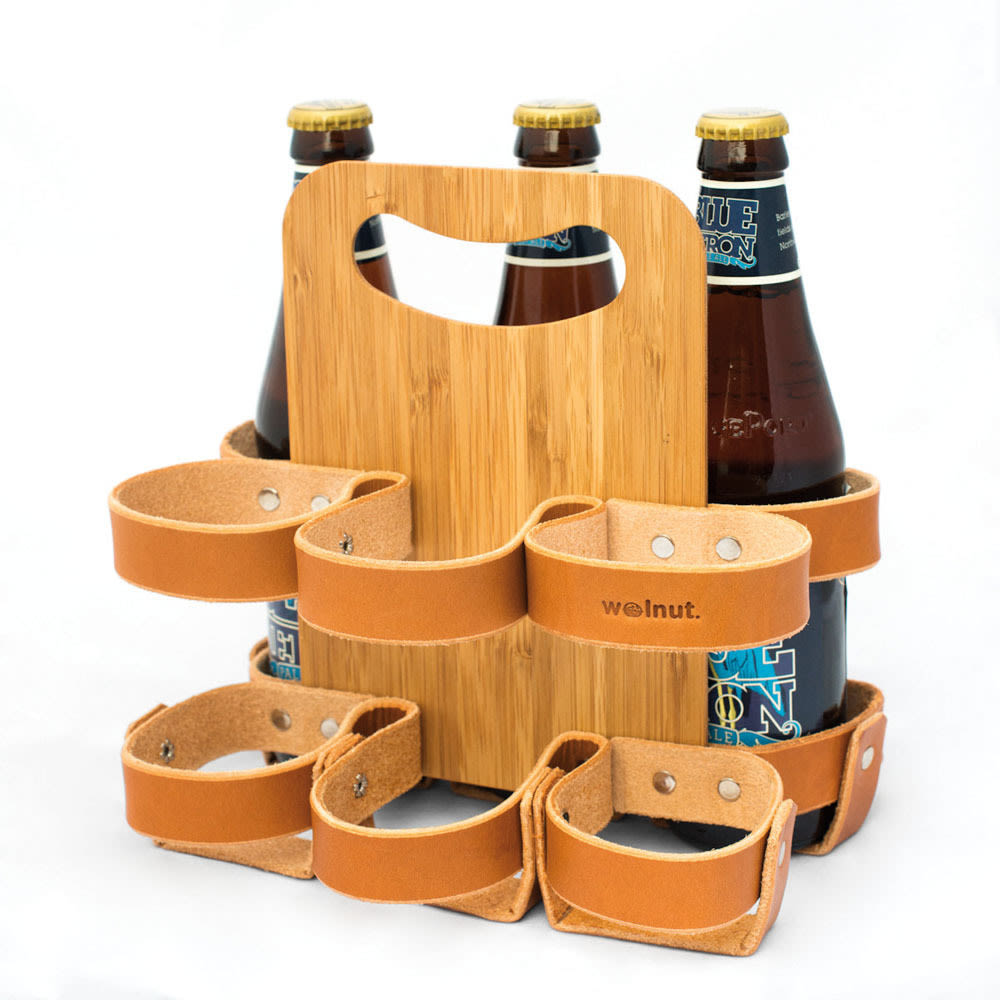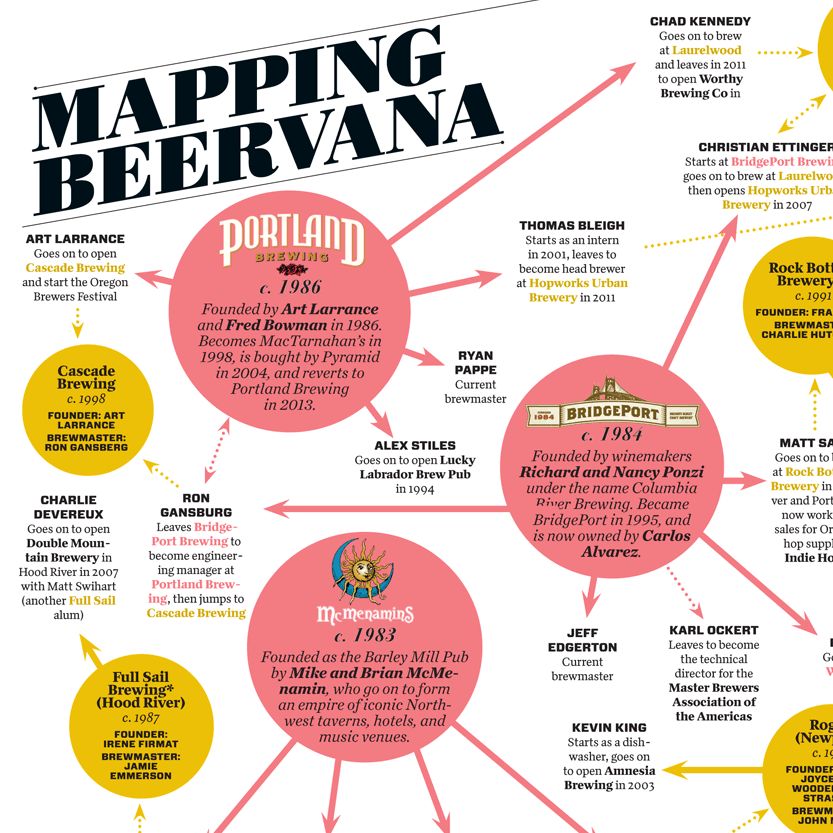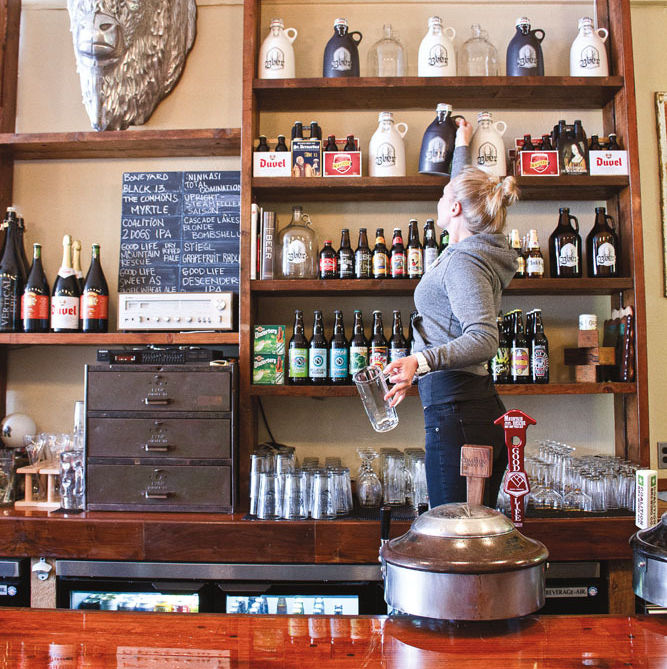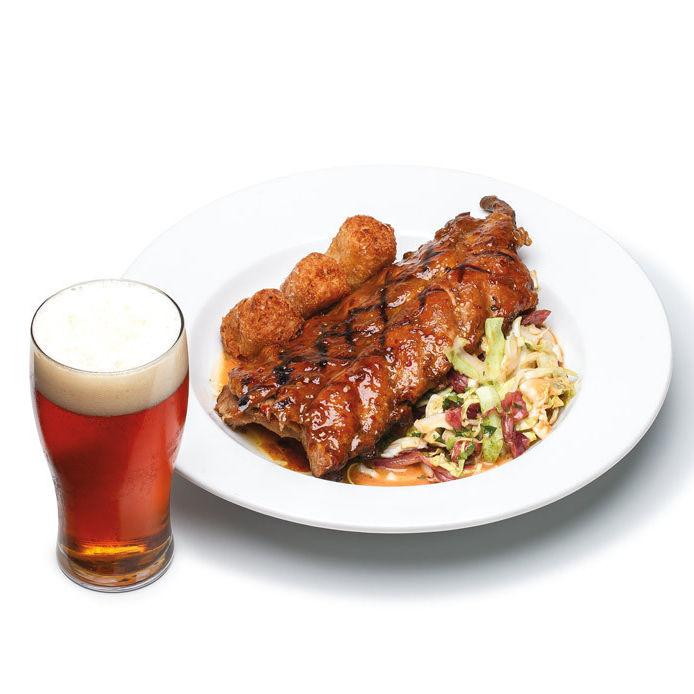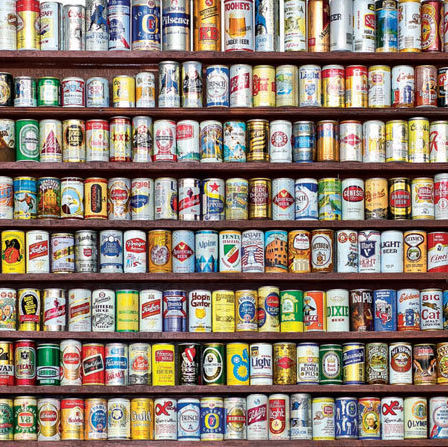Your Craft Beer Questions, Answered
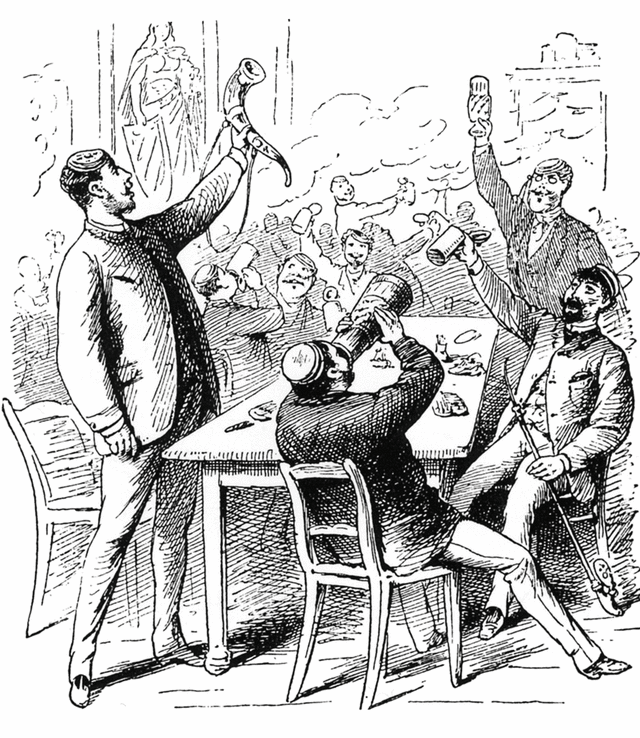
Why don’t more craft beers have twist-off caps?
Two reasons. First, pry-off capping machines are slightly less expensive than their twist-off counterparts. Second, it is believed that twist-off caps can allow more oxygen into the bottle, potentially oxidizing and damaging the product. Sierra Nevada Brewing conducted 12 years of research on this topic that revealed that twist-off caps did allow a tiny bit more oxygen into the beer—but not quite enough to make a difference. Overall, craft breweries continue to use pop-off caps because it is a way to distinguish their pricier beers from popular domestic lagers (Budweiser, Coors, etc.). Plus, it’s deeply satisfying to produce that handy opener that lives on the end of your keychain—for a fleeting moment, you’ve created fire and are the most powerful member of the tribe.
Is there an official alcohol content level that defines a “session” beer?
For competitions, the Brewers Association rules state that the ABV of a session beer should be less than 5.1 percent, but there’s no official definition. A good session should have an even distribution of hop and malt flavor and light density—you should be able to throw back a couple and not fall off your barstool after an hour.
Which is correct, Black IPA or Cascadian Dark Ale?
The name “Black IPA” was coined first, as craft breweries across America started using darker malts to complement the crisp, floral hops that they were using in their India Pales. The term “Cascadian Dark Ale” came about because brewers from the Pacific Northwest had an influential hand in the popularity of this particular style. The Brewers Association attempted to settle the debate in 2010, landing on “American Style India Black Ale.” Most craft breweries did not accept this compromise, however, and continue to title their beer as they see fit. We encourage you to do the same
Is there a taste difference between a can and a bottle?
Cans are lighter, are more easily transported, don’t shatter, and keep a tight, effective oxygen seal. Some drinkers claim they can detect that subtle “metallic taste” in a canned beer, but since 1935 cans have been lined with a thin coat of plastic to combat precisely that perception. In a blind taste test conducted by Huffington Post last year, the test group preferred the beer poured from a can in three out of the four beers sampled. Many breweries—including Sierra Nevada, 21st Amendment, Kona, Fort George, Hopworks, and Caldera—have embraced aluminum, and there’s even a mobile canning operation in Portland, sealing up some of the region’s finest. You be the judge.
What’s a “farmhouse” ale?
Farmhouse ales came about when 19th-century French farmers would use local crops—either traded from neighboring farms or grown in their own fields—to whip up a fresh, impromptu beer to enjoy after a long day’s labor. Because they would toss in whatever ingredients were on hand, without much thought or planning, these beers were (and are) frequently lower in alcohol, unpasteurized, and charmingly rough around the palate. Around these parts, farmhouse ales usually refer to yeasty small-batch brews created by craft brewers like Logsdon and the Commons.
